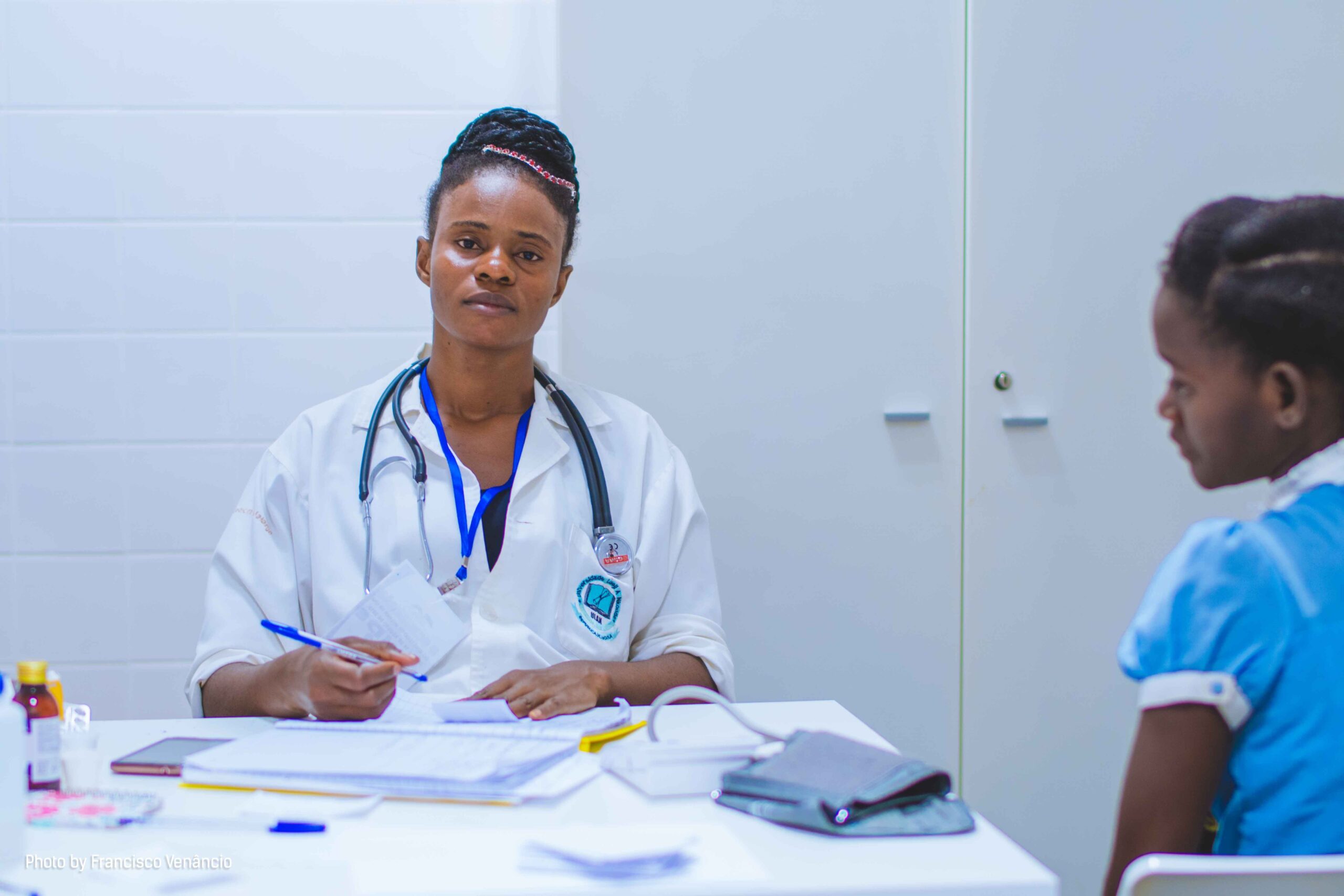I will never forget coming home from summer camp when I was twelve. I felt so tired, but chalked it up to not sleeping enough as camp drew to an end. A few days later my body, especially my joints, ached. I was used to some pain (thanks to EDS) and shrugged it off. Then the chills came. It was late summer, and I am usually hot when everyone else is cold, yet I found myself in sweaters and under piled blankets. Things seemed to be clearing up after a few days, so I moved on. Until we found the rash.
I remember I was playing a card game with my sister. Earlier that morning, I had told my mom that my ear felt funny and looked red. She figured I’d just slept on it weird, so I tried to ignore it. But in the middle of a card game, my sister looked up and asked “what’s wrong with your ear?” When my mom came home, we showed her again, and with urgency in her voice, she announced “we’re going to a doctor. No, we’re going to two doctors.”
It was Lyme disease. I am so fortunate to have developed — and found — the classic bullseye rash. However embarrassed the twelve year old me was to have it displayed so visibly on my face, it meant that we were able to swiftly and thoroughly treat with antibiotics before things got worse.
Many people are not so lucky.
The CDC reports that 70-80% of Lyme cases involve an erythema migrans (EM) rash, but those statistics only include patients who are able to get a Lyme diagnosis, and it seems to differ by state and demographics. For example, people of color may be falling through the gaps in medical education; doctors are trained to identify rashes on white patients, but often not on patients of color.
This is just one example of racial bias in medicine. There are other well-documented cases, such as medical students believing that Black people literally have “thicker skin,” or the drastically different rates of pain medications being prescribed.
One of the most harrowing disparities is the rate of infant and mother mortality in childbirth. The fatality rates for Black women (and their babies) are up to 6 times more likely than white women. In fact, the fatality rates for women of color in America are worse than some third world countries. Many of these women told their physicians that something was wrong, but simply weren’t believed until they ultimately died. And by the way, as stated in this article and video, this is not even a bias against income or education level — wealthy, highly educated, Black women still have atrociously high rates.
What can we do?
We can say that Black Lives Matter, and we can fight for police reform and an end to mass incarceration, but Black lives are also being lost to illness. Black and Latino communities are being hit hardest by COVID. Food deserts and toxic waste are disproportionately hurting neighborhoods of color. Bias is still rampant in medical professionals and medical education.
We need training for all medical professionals to include implicit bias training. Medical research needs to include more racial (and gender) diversity. And we need to step up as allies and advocates to ensure our Friends of Color are being heard!
It starts with learning. Read “How Medical Education is Missing the Bull’s-eye” from the New England Journal of Medicine (as well as the other resources we’ve hyperlinked above!) and check out our tips for being an advocate against bias in medicine here.

